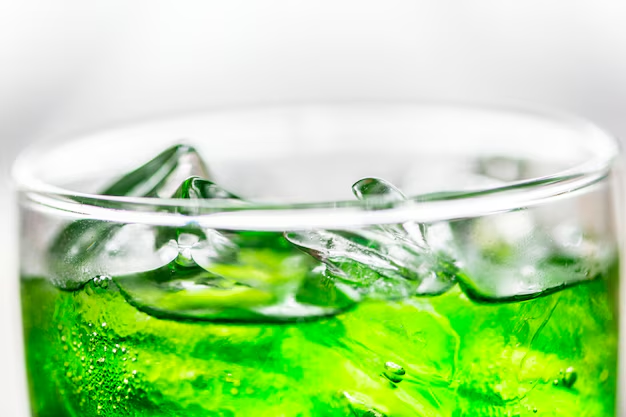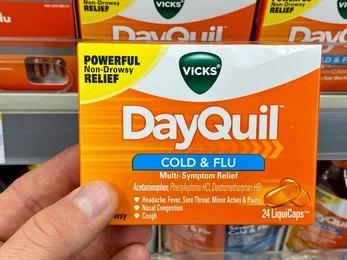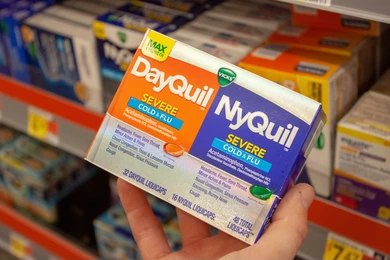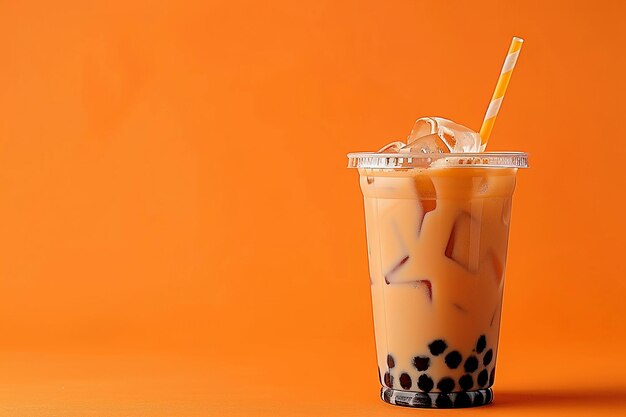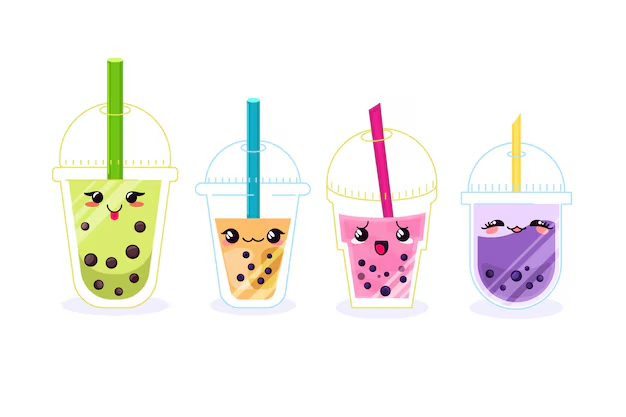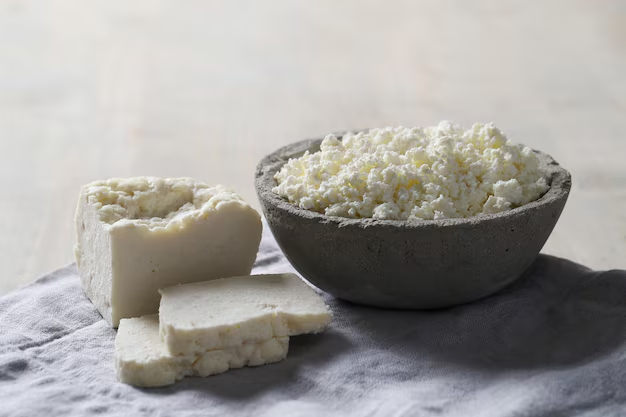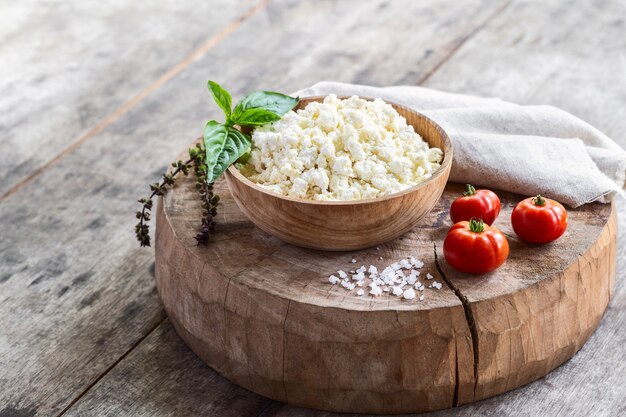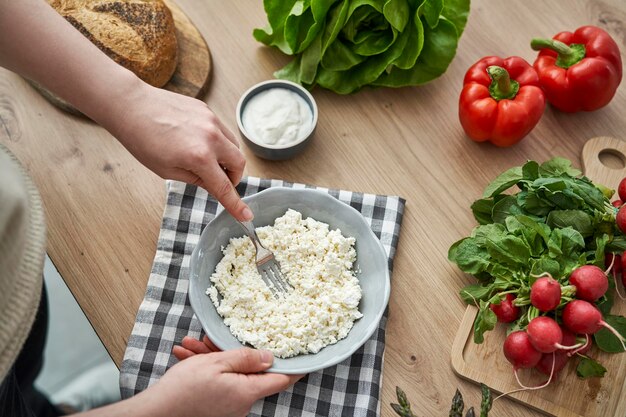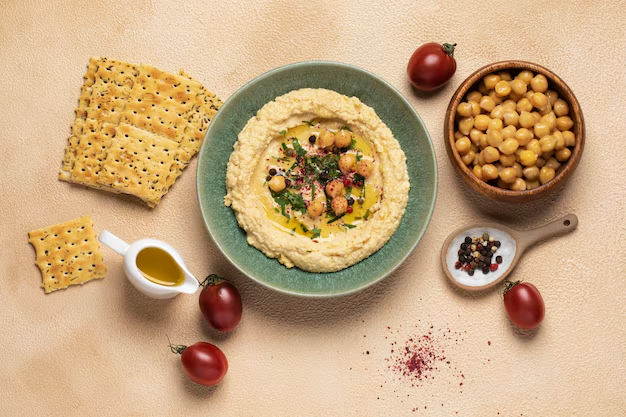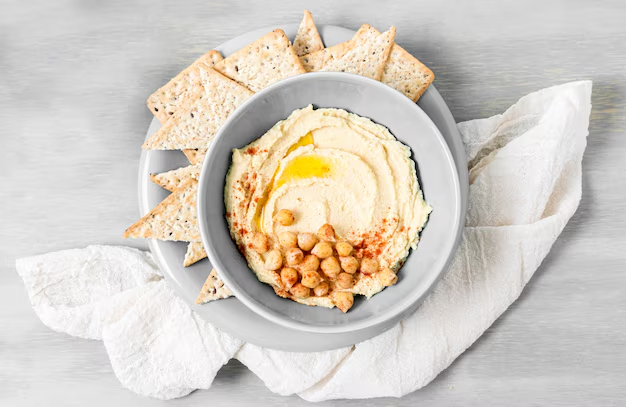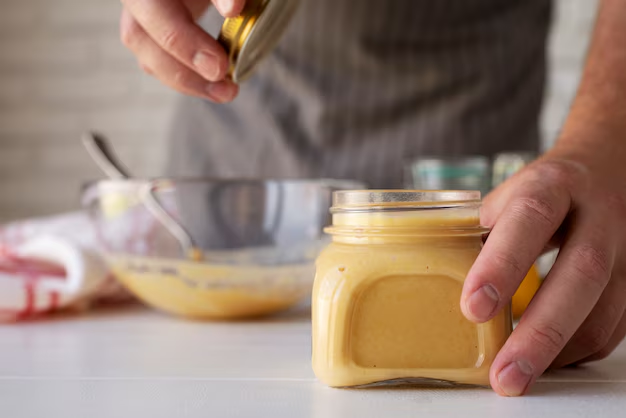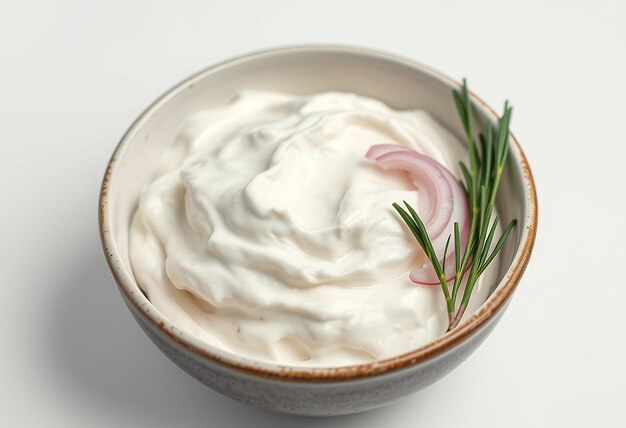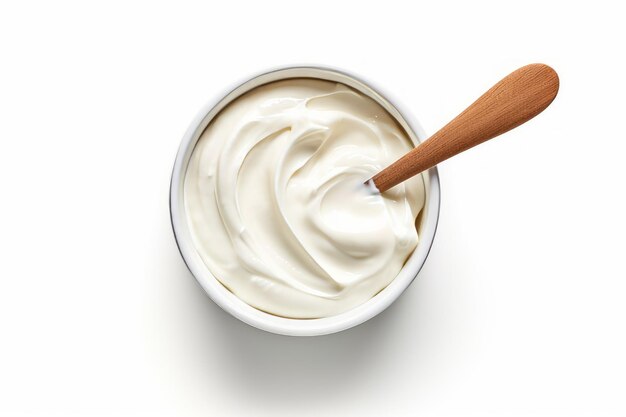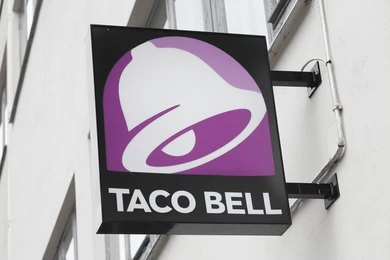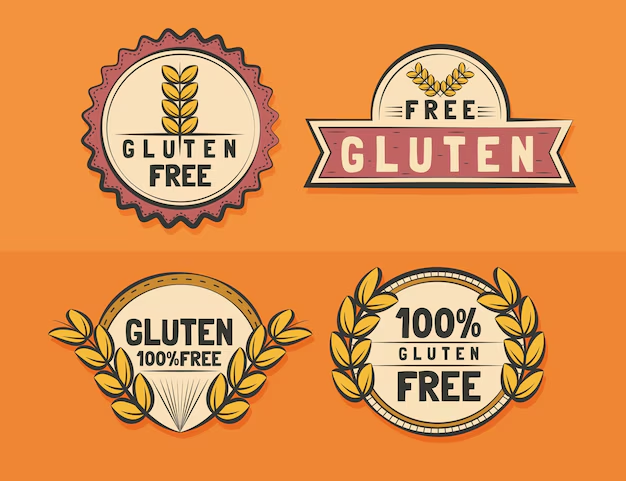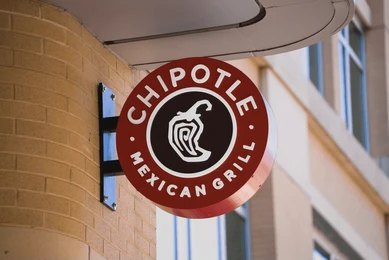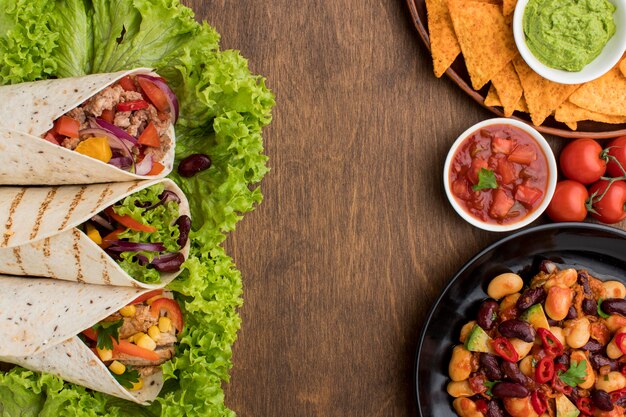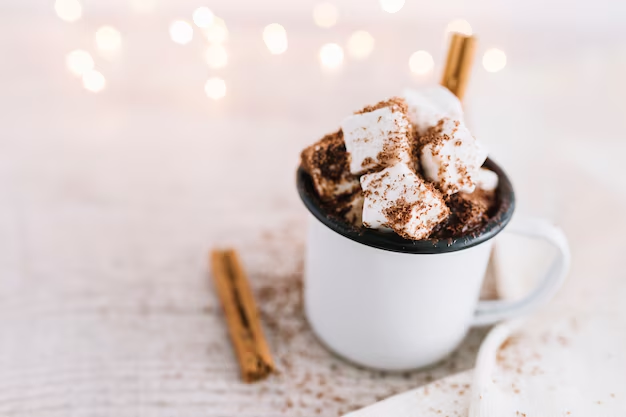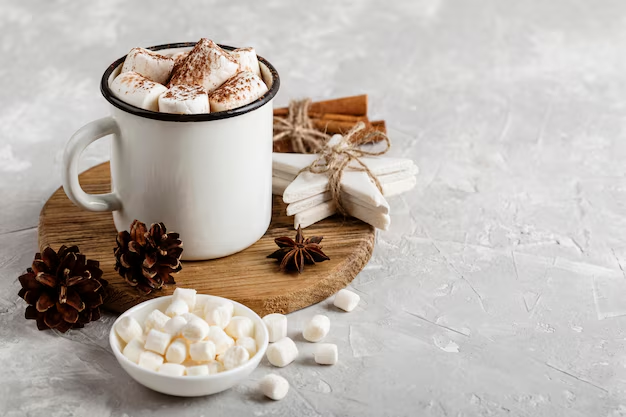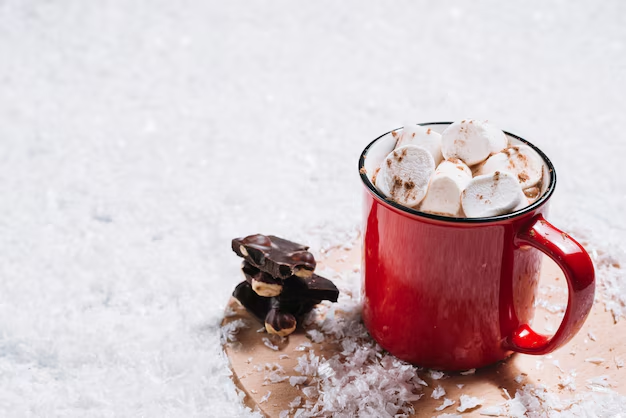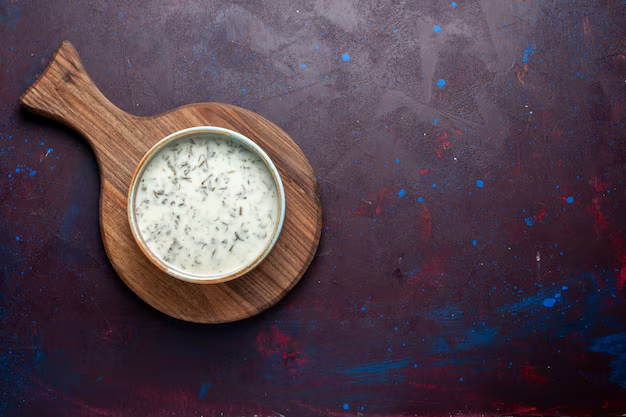Sprite is a popular lemon-lime-flavored soda enjoyed worldwide. Known for its crisp and refreshing taste, it is a go-to drink for many people. However, as more individuals focus on their health and sugar intake, questions about its sugar content arise. Understanding the sugar levels in drinks is essential, especially for those managing their weight, blood sugar, or overall health.
This article will answer a common question: does Sprite contain sugar? We’ll explore its sugar content, compare it with other sodas, and discuss alternatives like Sprite Zero.
Does Sprite Contain Sugar?
Yes, regular Sprite contains sugar.
The sugar plays a key role in giving Sprite its sweet taste and enhancing its overall flavor. Without sugar, the soda would lack its signature sweetness, making it less appealing to consumers.
For those looking for sugar-free options, Sprite Zero and Diet Sprite are available. These versions are specifically designed for people avoiding sugar. Instead of sugar, they contain artificial sweeteners, which provide sweetness without the calories.
How Much Sugar is in Sprite?
The sugar content in Sprite varies based on serving size. Here is a detailed breakdown:
- 12 oz can: 38 grams of sugar
- 20 oz bottle: Approximately 64 grams of sugar
The main source of this sugar is high fructose corn syrup (HFCS). HFCS is a sweetener commonly used in sodas and processed foods. While it adds sweetness, it also contributes to excess calorie intake.
To put this into perspective, the American Heart Association (AHA) recommends a daily sugar limit of:
- 36 grams for men
- 25 grams for women
A single 12 oz can of Sprite exceeds the daily sugar limit for women and comes very close for men. A 20 oz bottle contains almost double the recommended amount. Regularly consuming this much sugar can lead to health issues like weight gain, type 2 diabetes, and dental problems.
Is Sprite High in Sugar?
Yes, it can be considered high in sugar, especially when compared to daily sugar recommendations.
To better understand, let’s compare Sprite’s sugar content to other popular sodas:
| Beverage | Sugar Content (12 oz) |
| Sprite | 38g |
| Coca-Cola | 39g |
| Pepsi | 41g |
| 7-Up | 38g |
As seen in the table, Sprite has slightly less sugar than Pepsi and Coca-Cola but contains the same amount as 7-Up. While it may not have the highest sugar content among sodas, it is still significant.
Drinking sugary sodas like Sprite regularly can contribute to:
- Weight gain due to high calorie intake
- Blood sugar spikes, which may be harmful for diabetics
- Increased risk of heart disease and obesity
Does Sprite Zero Have Sugar?
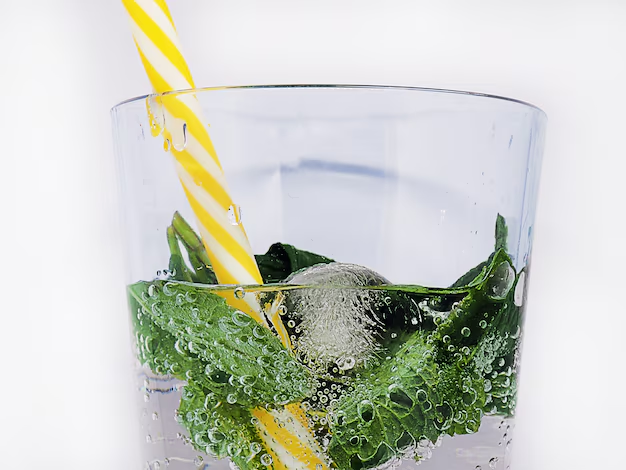
Sprite Zero is a sugar-free version.
It uses artificial sweeteners to provide sweetness. The primary sweetener in it is aspartame, a low-calorie sugar substitute. Aspartame is widely used in diet sodas and is considered safe for consumption in moderate amounts.
It is marketed as a healthier alternative for people who want to avoid sugar. It is particularly appealing to:
- Diabetics who need to control their blood sugar levels
- Weight-conscious individuals aiming to reduce calorie intake
- People following low-calorie or sugar-free diets
However, it’s important to note that while it doesn’t contain sugar, artificial sweeteners can still have potential drawbacks. Some studies suggest that excessive consumption of sweeteners like aspartame may have side effects, though they are generally safe in small amounts.
For individuals trying to cut sugar, Sprite Zero is a practical alternative. It provides the same refreshing lemon-lime flavor without the added sugar or calories.
Does Diet Sprite Have Sugar?
No, Diet Sprite is sugar-free.
It is designed for people who want to avoid sugar and calories. Instead of sugar, it uses artificial sweeteners to achieve its sweet taste. The most common sweeteners in Diet Sprite are aspartame and acesulfame potassium.
Key Differences Between Sprite Zero and Diet Sprite:
- Both drinks are sugar-free, but their sweeteners may differ slightly depending on the market.
- Sprite Zero is marketed as a newer alternative with a focus on a clean, crisp taste. Diet Sprite, on the other hand, has been around longer and might taste slightly different to some consumers.
While both versions are free of sugar, they are not completely free from controversy. Artificial sweeteners are widely studied, and although they are FDA-approved, consuming them in moderation is recommended.
Does Sprite Have More Sugar Than Coke?
Sprite and Coke have comparable sugar content, but Coca-Cola has slightly more sugar per serving.
Here’s a direct comparison:
- Sprite (12 oz): 38 grams of sugar
- Coca-Cola (12 oz): 39 grams of sugar
The difference of 1 gram is minimal. However, the taste and calorie content vary. Coca-Cola has a richer, heavier flavor due to its caramel and cola base, whereas Sprite offers a lighter, lemon-lime taste.
In terms of calories, both drinks are nearly identical:
- Sprite (12 oz): 140 calories
- Coca-Cola (12 oz): 150 calories
While the sugar content is almost the same, choosing one over the other largely depends on taste preference and the presence of caffeine.
Is Sprite Healthier Than Coke?
Sprite is not necessarily healthier than Coke.
Here’s why:
- Sugar Content: Both drinks contain similar amounts of sugar. A single can of either exceeds the daily sugar limit recommended for women.
- Calories: Both contribute a significant number of empty calories, which can lead to weight gain.
- Caffeine: Unlike Coca-Cola, Sprite does not contain caffeine. This makes Sprite a preferable choice for those sensitive to caffeine or avoiding it.
While the absence of caffeine gives Sprite a slight advantage, its sugar content still poses health risks. Excessive consumption of either drink can lead to issues like obesity, high blood sugar, and dental problems.
Ultimately, neither soda can be considered “healthy.” Choosing sugar-free alternatives or limiting soda intake is a better choice for long-term health.
Related to Read: Does Coke Zero Have Caffeine? A Detailed Breakdown
Effects of Sugar on Health
Excessive sugar intake can negatively impact health in several ways:
- Weight Gain and Obesity
Sugary drinks like Sprite contribute to excess calorie intake. Unlike solid foods, liquid calories do not provide a sense of fullness, leading to overeating. According to the CDC, frequent consumption of sugary drinks is a major contributor to obesity. - Increased Risk of Type 2 Diabetes
Regularly consuming sugary beverages can cause insulin resistance. Over time, this increases the risk of developing type 2 diabetes. A study published by the American Heart Association (AHA) found that people who consume sugary drinks daily are at a higher risk for diabetes. - Dental Issues (Tooth Decay)
Sprite’s sugar content feeds harmful bacteria in the mouth. These bacteria produce acids that erode tooth enamel, leading to cavities. The acid in soda, even sugar-free versions, can also damage teeth over time.
To reduce these risks, it’s important to limit sugary drinks like Sprite and replace them with healthier options like water or sparkling water.
Comparison With Other Sodas
Let’s compare Sprite’s sugar content to other lemon-lime and citrus sodas:
| Beverage | Sugar Content (12 oz) |
| Sprite | 38g |
| 7-Up | 38g |
| Sierra Mist | 37g |
| Mountain Dew | 46g |
From the table, it’s clear that Sprite and 7-Up have identical sugar content, while Sierra Mist has slightly less. Mountain Dew, however, has the highest sugar content among these sodas.
Sugar-Free Alternatives:
- Sprite Zero – Sugar-free and calorie-free.
- Sparkling Water – Naturally free of sugar and a healthier alternative to soda.
If you’re looking to cut sugar, switching to Sprite Zero or unsweetened sparkling water is a smart choice.
FAQs
How much sugar is in a can of Sprite?
A 12 oz can of Sprite contains 38 grams of sugar.
Does Sprite Zero have sugar?
No, Sprite Zero does not contain sugar; it uses artificial sweeteners like aspartame.
Is Sprite healthier than Coke?
Sprite lacks caffeine but contains a similar amount of sugar, so it is not necessarily healthier.
Does Diet Sprite contain sugar?
No, it is sugar-free.
Is Sprite high in sugar compared to other sodas?
Sprite’s sugar content is comparable to other sodas like 7-Up and Coke.
Conclusion
Sprite, like many other sodas, contains a significant amount of sugar. A standard 12 oz can has 38 grams of sugar, which is close to or above the recommended daily limits. While Sprite’s sugar content is similar to other sodas like Coca-Cola and Pepsi, it still poses risks when consumed frequently.
Sprite Zero offers a better alternative sweetened with artificial sweeteners like aspartame. However, it’s always best to enjoy sodas in moderation or opt for healthier beverages like water, sparkling water, or unsweetened teas.
Being mindful of sugar intake is key to maintaining good health. Whether you choose regular Sprite or Sprite Zero, moderation is the key to balance.

